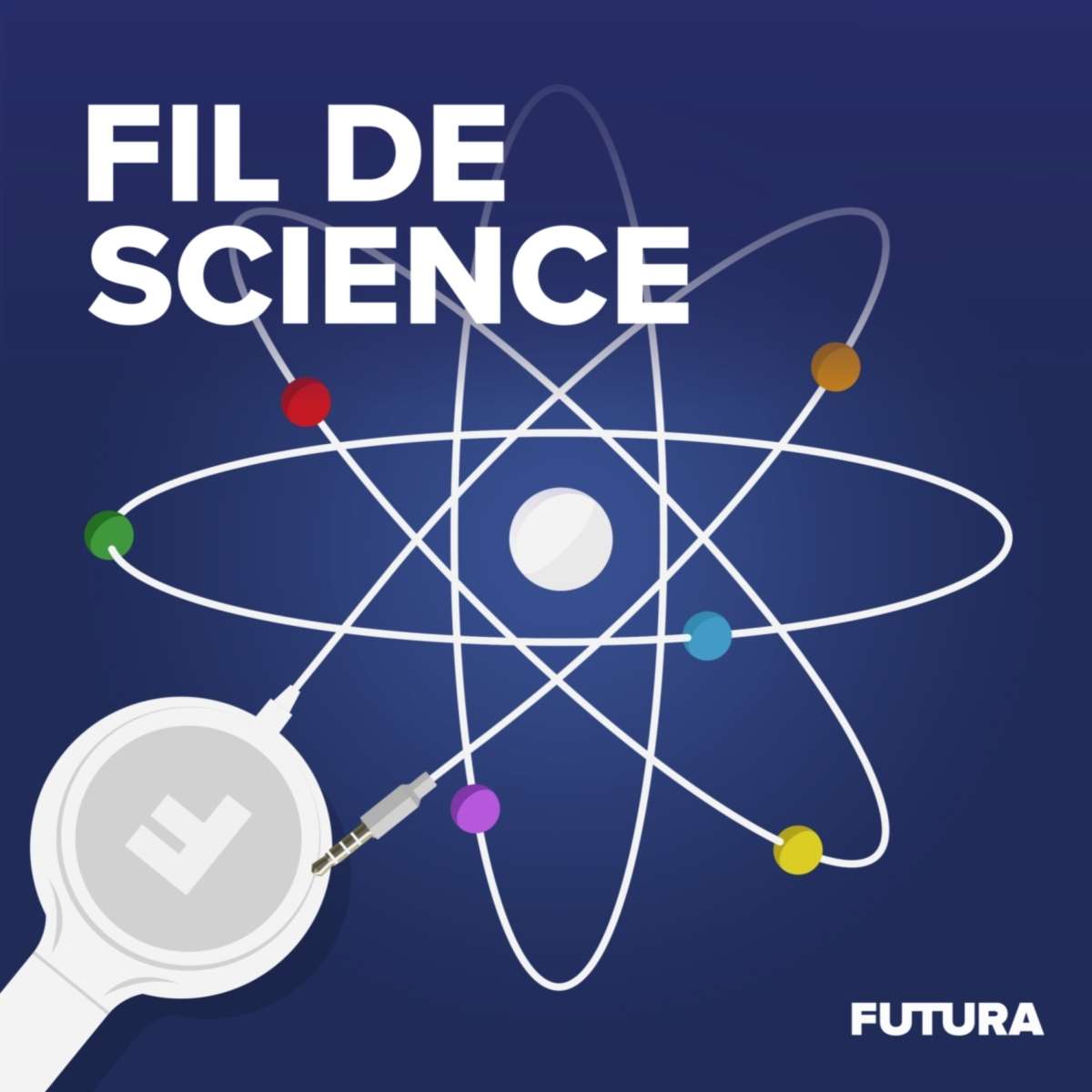In the second data release from the ongoing LOw-Frequency ARray (LOFAR) Two-metre Sky Survey, astronomers present radio images covering 27% of the northern sky.
Noise variations in the two regions covered by the second data release from the LOw-Frequency ARray (LOFAR) Two-metre Sky Survey with the coverage of the 841 individual pointing outlined. The RA-13 (top) and RA-1 (bottom) regions span 4,178 and 1,457 square degrees and have median rms values of 74 μJy beam−1 and 106 μJy beam−1 respectively. Failed facets (white regions) are generally caused by either poor ionospheric conditions or dynamic range issues around bright sources such as 3C 48 and 3C 196. Image credit: Shimwell et al., doi: 10.1051/0004-6361/202142484.
To produce the new map of the northern sky, the astronomers used the LOw-Frequency ARray (LOFAR), a large radio telescope network located mainly in the Netherlands.
They deployed state-of-the-art data processing algorithms on high performance computers all over Europe to process 3,500 hours of observations that occupy 8 petabytes.
The map shows 4,396,228 radio sources, where the majority of these have never been detected at radio wavelengths before.
Many of them are billions of light years away and are either galaxies that harbor massive black holes or are rapidly growing new stars.
“This project is so exciting to work on,” said Dr. Timothy Shimwell, an astronomer at ASTRON and Leiden University.
“Each time we create a map our screens are filled with new discoveries and objects that have never before been seen by human eyes.”
“Exploring the unfamiliar phenomena that glow in the energetic radio Universe is such an incredible experience and our team is thrilled to be able to release these maps publicly.”
“This release is only 27% of the entire survey and we anticipate it will lead to many more scientific breakthroughs in the future, including examining how the largest structures in the Universe grow, how black holes form and evolve, the physics governing the formation of stars in distant galaxies and even detailing the most spectacular phases in the life of stars in our own Galaxy.”
“We’ve opened the door to new discoveries with this project, and future work will follow up these new discoveries in even more detail with techniques,” said Dr. Leah Morabito, an astronomer at Durham University.
“These data present a major step forward in astrophysics and can be used to search for a wide range of signals, such as those from nearby planets or galaxies right through to faint signatures in the distant Universe.”
The team’s paper was published in the journal Astronomy & Astrophysics.
_____
T.W. Shimwell et al. 2022. The LOFAR Two-metre Sky Survey V. Second data release. A&A 659, A1; doi: 10.1051/0004-6361/202142484
Note: This article have been indexed to our site. We do not claim legitimacy, ownership or copyright of any of the content above. To see the article at original source Click Here













